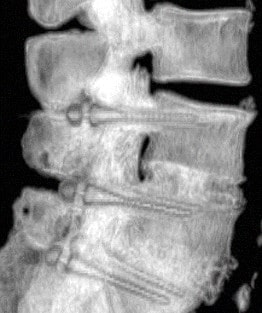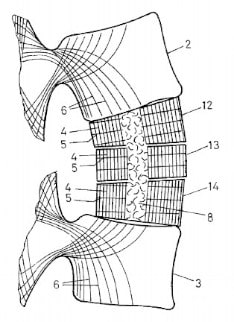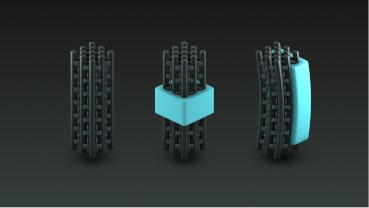Biological Potential
Carbon composite spine implants show five times more cell growth compared to PEEK [Barbanti Brodano, 2007]. Human osseous cells are distributed continuously and homogeneously on the carbon composite implant surfaces compared to multi-layered discontinuous cell clusters on PEEK.
Carbon-fiber-reinforced composite osseointegration in terms of percent bone area for distances from the implant surface of 0.1mm is four times higher compared to Titanium [Petersen, 2016]. Moreover, carbon composite implants show significantly improved results in terms of cellular density and viability compared to Titanium surfaces [Sigot-Luizard, 2000].




